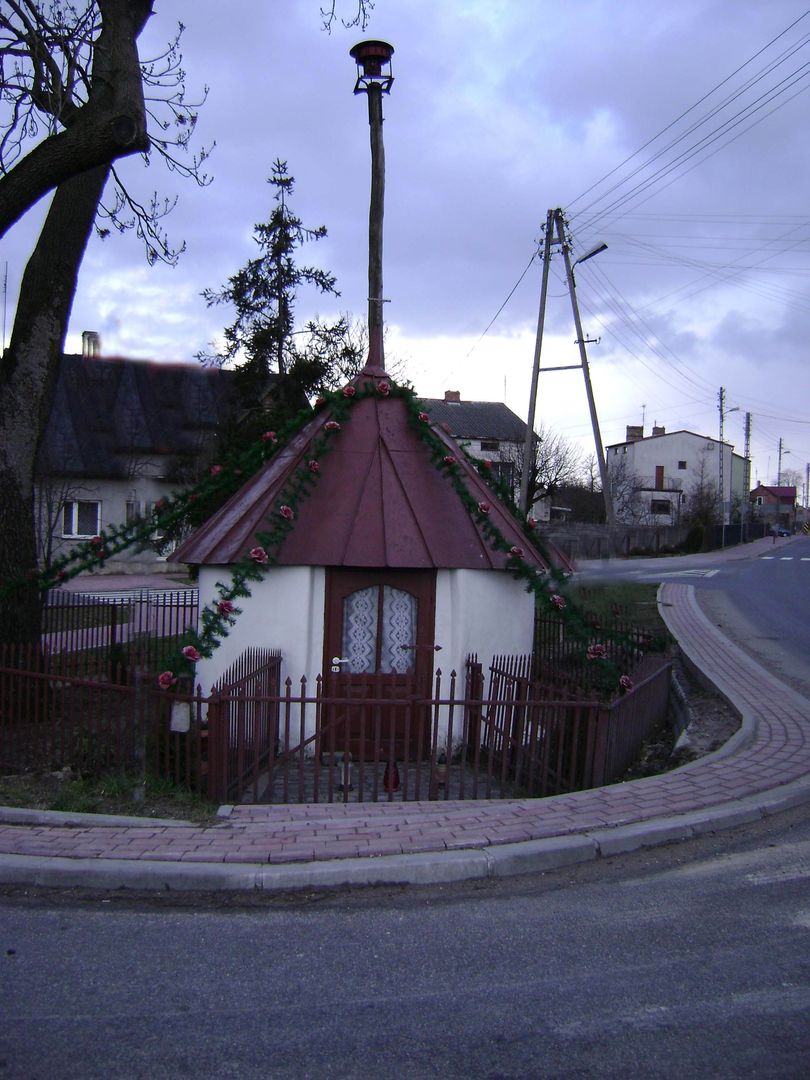Żarnów
6.71

Overview
Żarnów is a town in Poland, located in the Łódź Voivodeship, within the Opoczno County, with a rich history dating back to medieval times. The first mentions of Żarnów come from 1065, when it was the seat of a castellany, and in 1136 it was listed in a papal bull. The town gained municipal status in 1360, maintaining it until 1577, then again from 1655 to 1662, and from 1786 onward. In the 19th century, Żarnów lost its town status, partly as punishment for its inhabitants' participation in the January Uprising, but it regained it in early 2024. Culturally, Żarnów is best known for its Romanesque architecture, with the most important landmark being the Church of St. Nicholas, whose construction began in the 12th century. It has retained original Romanesque features, such as the tribune and the round tower, attracting the attention of art historians. Additionally, the town features a wooden belfry from the 19th century and a cholera chapel from 1864, built by the residents in gratitude for being spared during a cholera epidemic. Żarnów also has historical significance, including the Battle of Żarnów in 1655 and a strong Home Army (Armia Krajowa) presence during World War II, when the Germans established a ghetto for the Jewish population. An interesting site is Szwedzka Góra (Swedish Hill), topped with a monument commemorating the Polish struggle for independence. The town lies on a historical trail, and its center was modernized in the 1990s, highlighting Żarnów's role as a cultural and administrative hub in the region. The local football club, Kasztelan Żarnów, is also active in the area.
Location
2025 Wizytor | All Rights Reserved